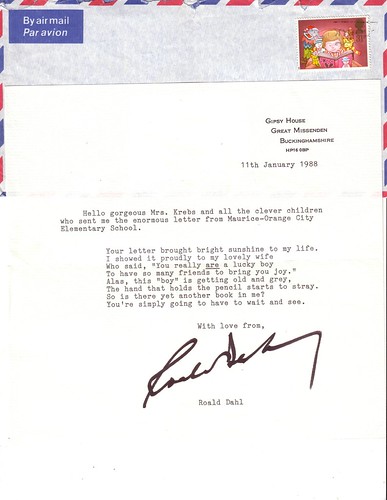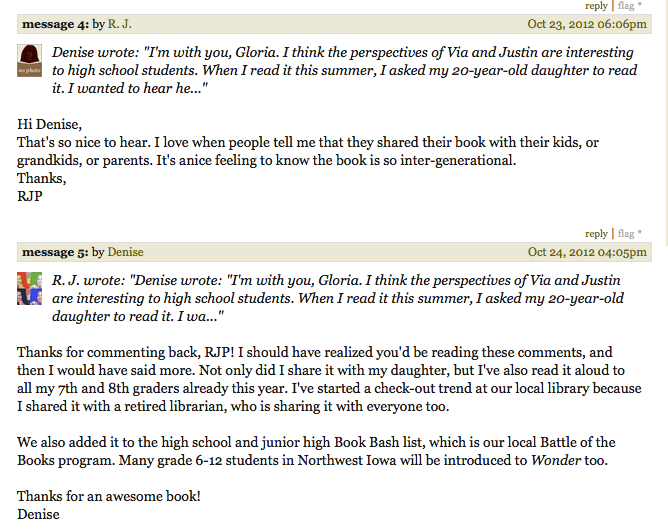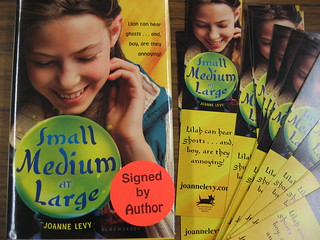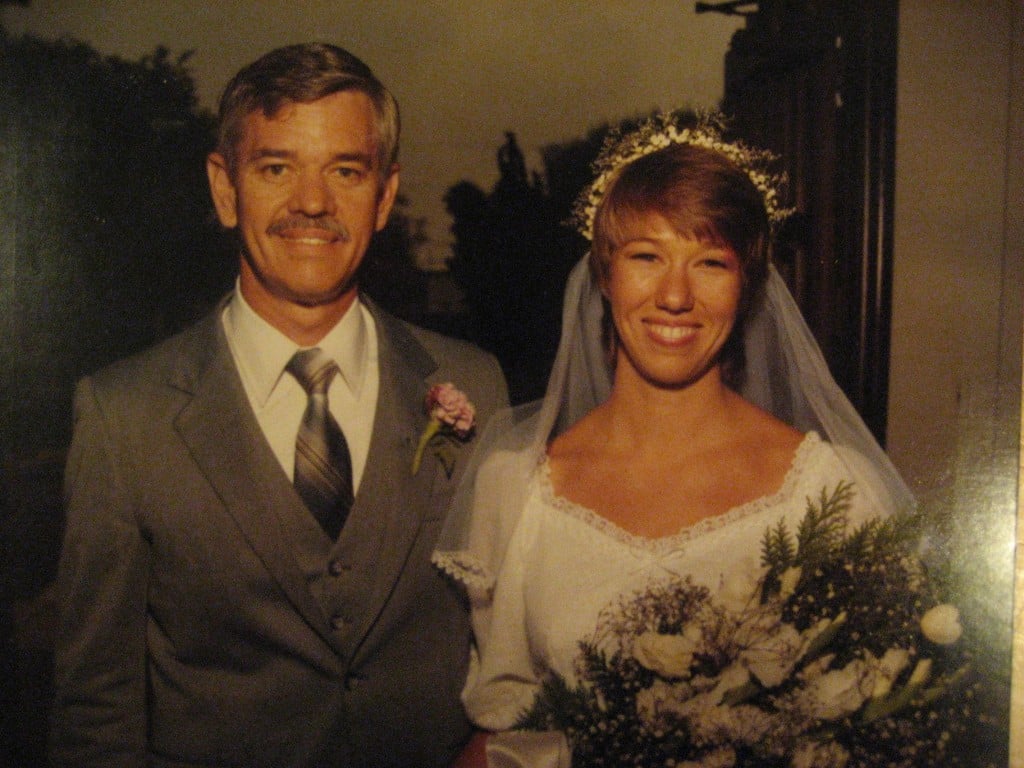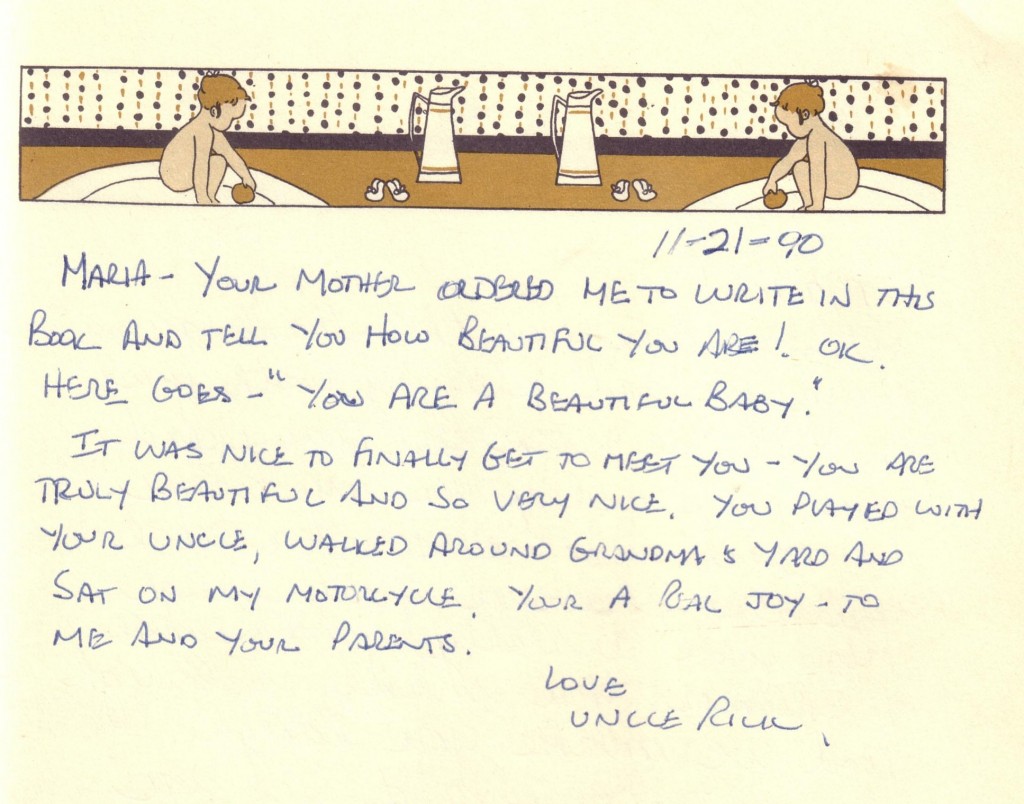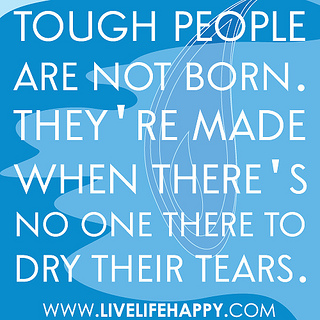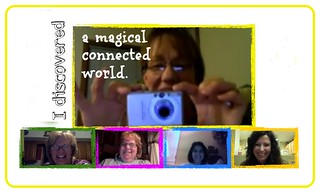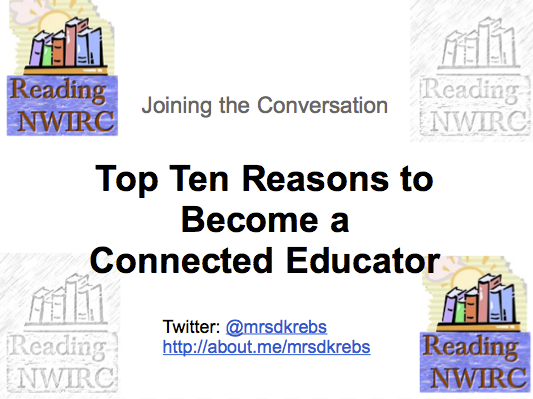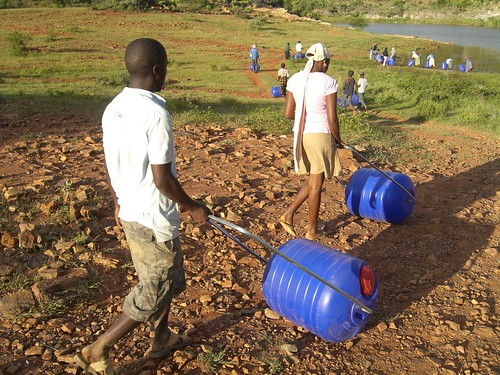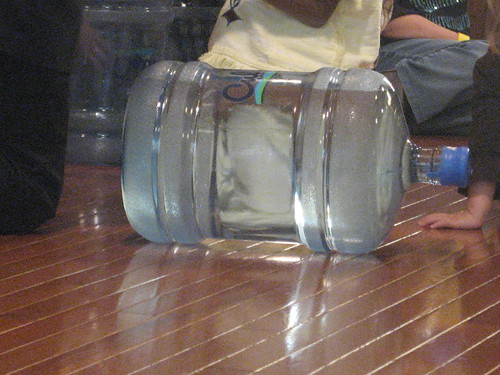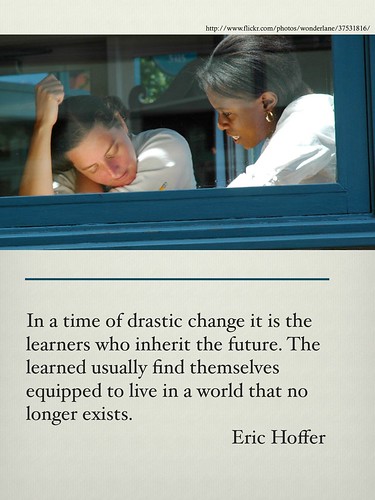
The state of Iowa has identified Five Characteristics of Effective Instruction. One of them, which I have been paying close attention to lately, is “Student-Centered Classrooms.” From the EducateIowa web page:
Students are directly involved and invested in the discovery of their own knowledge. Through collaboration and cooperation with others, students engage in experiential learning which is authentic, holistic, and challenging. Students are empowered to use prior knowledge to construct new learning and develop meta cognitive processes to reflect on their thinking.
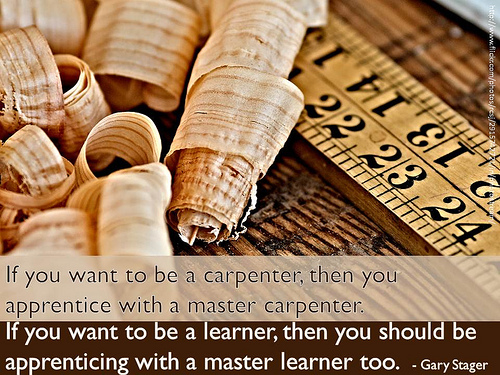
This is huge. Does Iowa really want us to do this? Do our state-mandated tests even attempt to assess if students have become learners in the true sense of the word? I don’t think so.
Student-centered education is not just another tool in a teacher’s bag of strategies. It’s a seismic shift from teacher-centered classrooms of the past.
In order to have a learner-centered classroom, I have discovered that I must be the chief learner. Until I was, I wasn’t able to attempt to cross the chasm that is between teacher-centered and learner-centered classrooms.
On a somewhat related topic, recently my students’ completed self-evaluations for their mid-terms. I sent these evaluations home. My #fantasyteaching hope is to someday be able to send home only narrative feedback written by the students (and maybe me), along with NO letter grades. I think that would be worth +25 points!
One of the questions on the self-evaluation was: Are you growing as a learner? Give evidence.
Are these students getting it?
- Yes, because Mrs. Krebs is teaching me how to be an independent learner.
- Yes, because I’m a genius.
- Yes, I’m much more interested in a lot more things like presidents and world affairs, and so forth.
- I am learning different ways to learn like on a computer and by talking to other people. I’m glad we don’t just learn from a textbook. I am learning to change the world.
- Yes, because we can learn on our own pace and independently, and I am much more able to understand the stuff we are doing that way.
- Yes, because I am accomplishing more than I used to be.
Do these students need more time?
- Yes, I am listening better.
- Yes, you teach me well. Everything that you teach me, I use in reality.
Even more telling were these answers from this second question: What is learning?
Getting it?
- Learning is when we get new ideas every day that you didn’t know before. And you use that knowledge for the world.
- Learning is when you enjoy your exploring in something you love to do.
- Learning to me is a beautiful thing where you can explore the world of thinking. Learning is wonderful because, without it, we wouldn’t be smart people.
- Learning is growing, maturing, and helping us become individuals. It helps us problem solve in the real world, helps us think better.
- Learning is being able to obtain knowledge in a way you are comfortable doing, so learning is finding out stuff you want to know.
- Learning is when you enjoy exploring in something you love to do.
Need more time?
- You get taught things that you don’t know that you will need to know when you get older and out of school and when you get a job.
- Learning is what the teacher says and then you will have homework and then you do the homework and then your teacher grades it.
- Learning is what we need to know in the future and it is what we learn in school.
Those last three answers made me so sad. Those answers are also making me work hard to help these students understand the concept of the learner-centered environment I’m attempting to create for them.
This move toward a “student-centered classroom” is a process.
How are you doing it?

